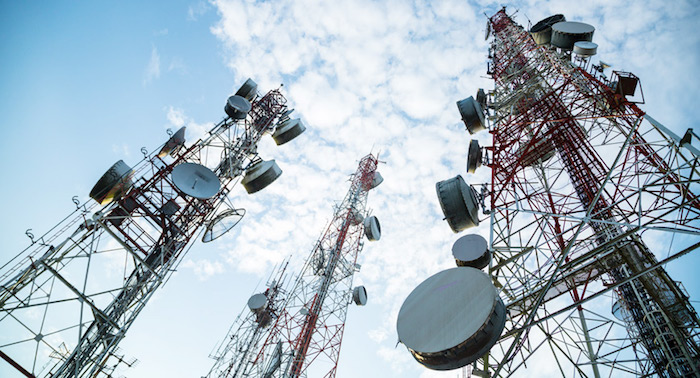Although operating conditions are difficult, the N3.247 trillion in revenue and N1.7 trillion in operating costs recorded in 2021 by GSM operators, fixed wired operators, internet service providers (ISPs), value-added service providers (VAS providers), collocation and infrastructure sharing operators, and other telecoms operators were achieved despite the harsh operating environment.
An analysis of NCC statistics released yesterday shows that the data was compiled using information provided by telecom service providers for the year ended December 2021. The numbers were published on the NCC’s website.
It also stated that, based on inputs from relevant licensees, capital expenditure (domestic investment) was N1, 24,116,990,000.00 at the end of 2021.
Nigeria’s telecoms industry received $417 billion in foreign direct investment in 2021, compared to $942 million in 2019, according to the data.
It was found that GSM operators alone generated N2.7 trillion in revenue, while fixed wired operators made N375 billion in revenue, according to the breakdown. Additionally, internet service providers made N59 billion, and VAS providers made N32 billion. A total of N3.247 trillion will be generated by collocation and infrastructure sharing operators in 2021, while other telecom providers earned N2.44 trillion.
More than 49, 579 towers from mobile and fixed carriers, together with colocation and infrastructure businesses, have been captured in the data. They also stated that 38,288 Base Stations were in use.
Coverage in 2021 of 290,940.69 km, covering both mobile and fixed operators, for iMicrowave.
As of December 2021, there were a total of 99 gateways in operation by mobile, fixed, and other operators in the industry, as well as 86,057km of fiber optics deployment in the form of terrestrial fiber and submarine cable.
According to the NCC, the number of active voice subscribers dropped by 9,137,415 from 204,601,313 in 2020 to 195,463,898 by December 2021, a decline of 9%.
The total number of subscribers dropped by 4.46 percent during the time period in question.
The NCC, on the other hand, blamed the decline in operators’ subscriber numbers mostly on the mandate issued by the Commission to all GSM carriers in December 2020, ordering them to halt sales and registration of new SIMs, SIM swaps, and any other kind of SIM portability.
Mobile Network Operators were audited by the Federal Ministry of Communications and Digital Economy (FMCDE) in order to verify and assure compliance with established quality standards and requirements for SIM Card registration.
Teledensity declined from 107.18 percent at the end of December 2020 to 102.40 percent at the end of December 2021, according to the data.
Another 8% drop was seen in the number of internet subscribers, from 154,318,925 memberships as of 2020 to 141,994,285 subscriptions as of December 2021.
As of December 2020, broadband penetration had fallen from 45.02 percent to 40.88 percent. Subscriptions to broadband services also fell from 85,941,222 in December 2020 to 78,041,883 in December 2021.
Although the volume of data consumed in the year ending December 2021 was higher than the year ended December 2020, statistics showed a rise of internet usage during this time period.
Subscriptions consumed 353,118.89TB of data in December 2021, up from 209,917.40TB in December 2020. Data consumption increased by 68.2 percent throughout this time period.
As further evidenced by NCC data, the telecom industry’s share of GDP climbed from 12.45% in the fourth quarter of 2020 to 12.61% in the fourth quarter of 2021..
